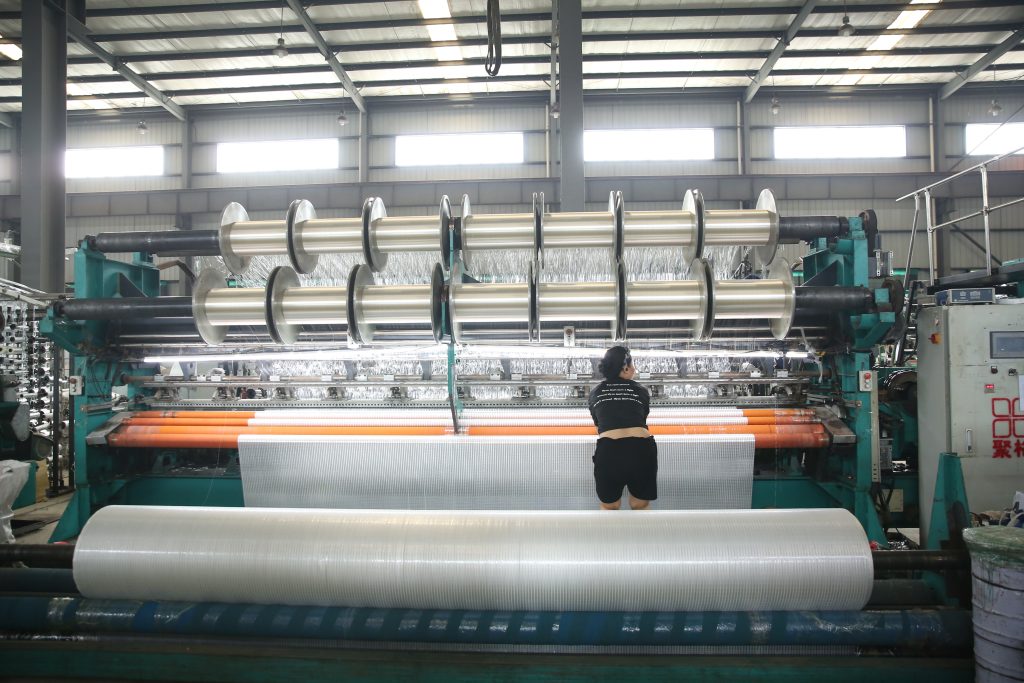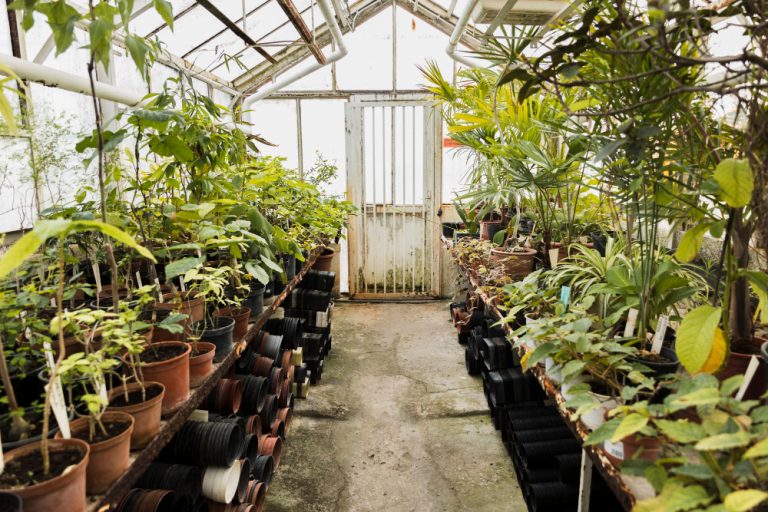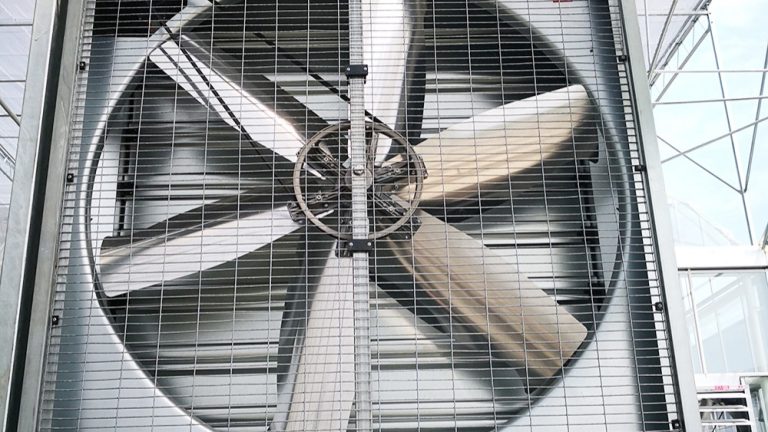
Key Points
Research suggests shading nets can reduce greenhouse heat by 5–10°C in sunny conditions.
Effectiveness varies with shading percentage,climate,and ventilation.
Higher shading(e.g.,50%or more)may cool more but reduce light for plants.
Overview
Shading nets help lower greenhouse temperatures,protecting plants from heat stress.Their effectiveness depends on several factors,making them a flexible solution for growers.
Temperature Reduction
Studies show shading nets can keep greenhouse temperatures 5–10°C lower than outside in hot,sunny areas,with specific cases showing reductions like 6.8%on sunny days with air conditioning.
Factors to Consider
The shading percentage(e.g.,30%,50%,70%)impacts cooling—higher percentages block more heat but may limit light.Ventilation and local climate also play a role in how well they work.
Survey Note:Detailed Analysis of Shading Nets in Greenhouse Heat Reduction
Shading nets are a critical tool in greenhouse management,particularly for controlling internal temperatures in hot and sunny regions.This note provides a comprehensive overview of their effectiveness in reducing heat,drawing on scientific studies,expert sources,and practical considerations.The analysis aims to address the question of how well shading nets reduce heat inside greenhouses,offering detailed insights for growers and researchers alike.
Background and Purpose
Greenhouses,while providing a controlled environment for plant growth,can experience excessive heat,especially in Mediterranean or tropical climates.Shading nets,also known as shade cloths,are woven or knitted fabrics designed to filter sunlight,reducing the heat load by blocking a portion of solar radiation.This is essential for preventing heat stress in plants,which can lead to reduced growth,yield,and quality.The primary purpose of shading nets is to create a favorable microclimate by mitigating excessive sunlight and high temperatures,ensuring optimal conditions for crop cultivation.
Quantitative Effectiveness in Temperature Reduction
Research has provided specific data on the temperature reduction achieved by shading nets,with variations based on shading percentage,weather conditions,and greenhouse design.A study conducted in Wuhan,China,on a large glass greenhouse growing cherry tomatoes under a removable black plastic external shading with 50%transmittance,found the following temperature reductions:
Additionally,vertical temperature gradients were noted,with 0.67°C/m on sunny days and 0.33°C/m on rainy days,indicating uneven heat distribution within the greenhouse.This study highlights that shading nets can significantly reduce temperatures,particularly under sunny conditions with air conditioning,by reducing the correlation between solar radiation and indoor temperatures.
A broader review article,”Shading greenhouses to improve the microclimate,energy and water saving in hot regions:A review”,synthesizes data from multiple studies,stating that shading nets can maintain greenhouse air temperatures 5–10°C lower than outside in sunny regions.This range aligns with the Wuhan study,suggesting a consistent cooling effect in hot climates.The review also notes that shading nets decrease transmitted solar radiation by 30–50%compared to unshaded greenhouses,directly contributing to temperature reduction.
Shading Percentage and Its Impact
The effectiveness of shading nets is closely tied to their shading percentage,which indicates the amount of sunlight blocked.Common percentages include 30%,50%,and 70%,with options up to 95%for specific needs.Higher shading percentages generally result in greater temperature reductions but may limit light availability,which is critical for photosynthesis.For instance,the Wuhan study used a 50%transmittance net,blocking 50%of sunlight,and achieved notable cooling.In contrast,a study from the International Society for Horticultural Science
found that for 30%shading or lower in well-ventilated greenhouses,the position of the net(external vs.internal)did not significantly affect temperature,suggesting that lower shading levels may be sufficient in certain conditions.
Practical sources,such as Pro Fabric Supply,offer shade netting that blocks 30%of the sun’s rays,suitable for plants needing partial shade,while higher percentages are available for more intense cooling.This flexibility allows growers to tailor shading to crop needs,balancing temperature control with light requirements.
Additional Factors Influencing Effectiveness
Several factors beyond shading percentage influence how well shading nets reduce heat:
Ventilation:Well-ventilated greenhouses may experience less pronounced temperature differences when using shading nets,especially at lower shading levels.The ISHS study emphasized that in well-ventilated houses,the net position(external or internal)had minimal impact on temperature for 30%shading,indicating that airflow plays a role in heat dissipation.
Climate and Weather Conditions:The effectiveness varies with local climate.In regions with extreme heat,such as Mediterranean areas or Wuhan during summer,shading nets are particularly effective,as seen in the 5–10°C reduction noted in reviews.The Wuhan study also showed higher reductions on sunny days(6.80%)compared to cloudy/rainy days(4.62%),highlighting weather dependency.
Material and Durability:Shading nets are typically made from UV-stabilized materials like high-density polyethylene(HDPE),ensuring longevity and resistance to weather conditions.This durability,as mentioned by YKM Group,supports consistent performance over time,maintaining their cooling effect.
Broader Benefits and Considerations
Beyond temperature reduction,shading nets offer additional benefits that contribute to greenhouse microclimate management.They diffuse solar beam radiation,improving light distribution and reducing hot spots,as noted in the review article.This leads to more uniform temperature and relative humidity distributions,enhancing plant health.Shading nets also reduce cooling load,decreasing water and electricity consumption,which is crucial for energy-efficient greenhouse operations.
However,growers must balance cooling with light needs.Higher shading percentages,while effective for heat reduction,may limit photosynthesis,particularly for light-dependent crops.Sources like Farm Plastic Supply
emphasize the importance of selecting shading percentages based on seasonal and plant-specific requirements,offering solutions like 70%green shade cloth for intense summer heat and lower percentages for winter light needs.
Practical Applications and User Insights
For greenhouse operators,shading nets are versatile,used both externally and internally,depending on the setup.
highlights their role in creating a comfortable climate,reducing direct sunlight to prevent overheating.
adds that they help regulate light intensity,protect from pests,and reduce water evaporation,making them a multifaceted tool.
Installation and maintenance are also practical considerations.Pro Fabric Supply provides tips for measuring,cutting,and securing nets,ensuring effective heat reduction.Regular cleaning and inspection,as suggested,maintain their performance,ensuring long-term cooling benefits.
Conclusion
Shading nets are highly effective in reducing heat inside greenhouses,with research suggesting reductions of 5–10°C in sunny conditions,supported by specific studies showing 6.8%to 4.62%reductions under varying conditions.Their effectiveness depends on shading percentage,ventilation,and climate,with higher percentages offering greater cooling but requiring balance with light needs.This detailed analysis underscores their importance for greenhouse temperature management,offering growers a reliable method to protect crops from heat stress while optimizing growth conditions.




